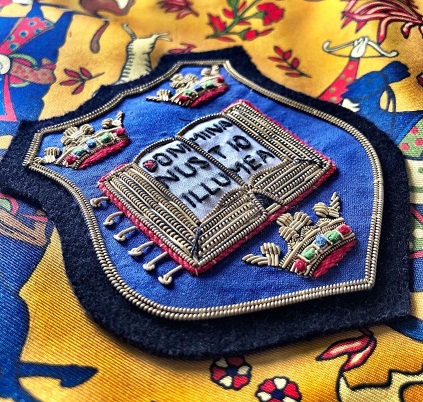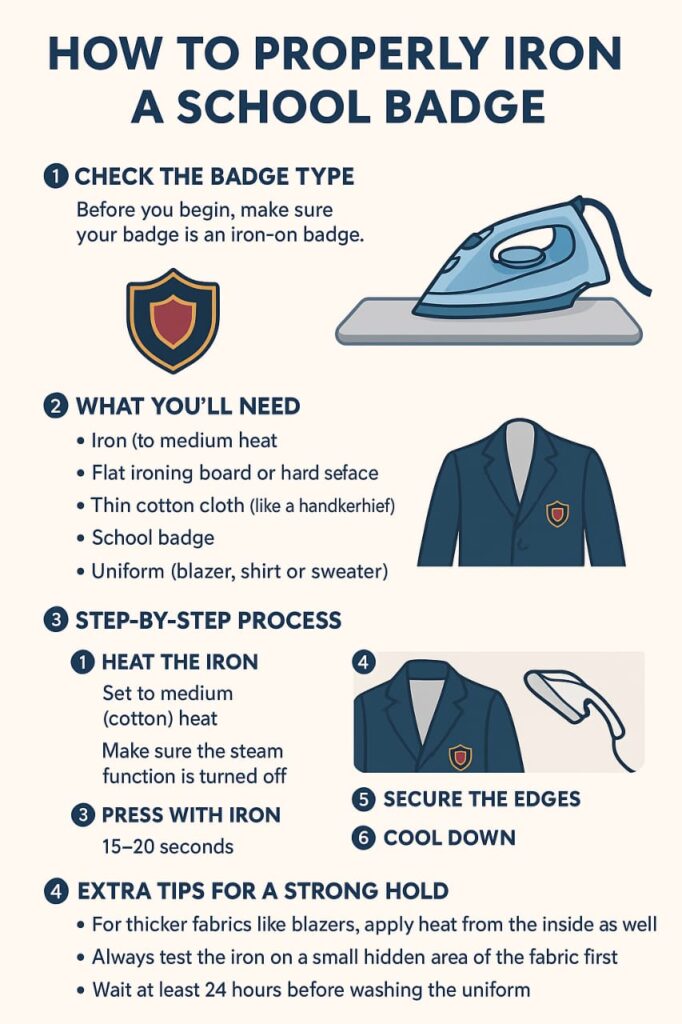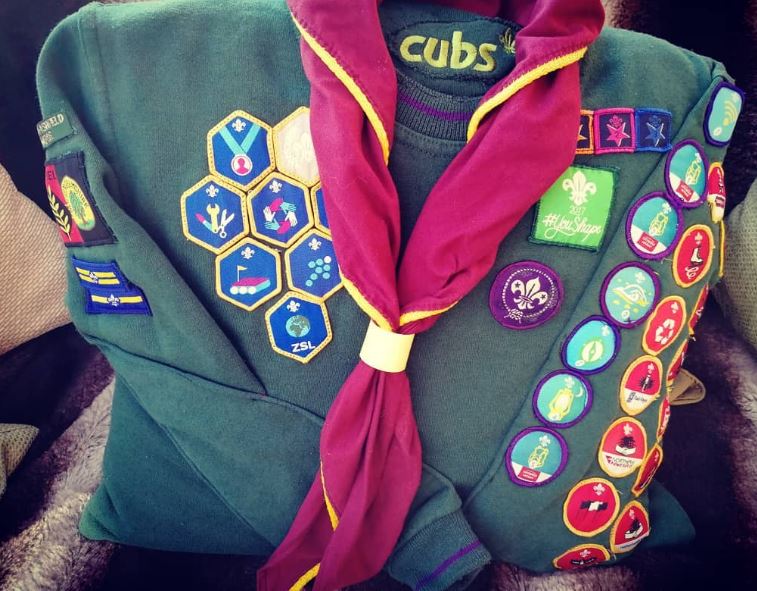A school blazer badge is far more than just an item of uniform; it’s the most visible symbol of your institution’s legacy, values, and pride. A well-designed school crest or emblem helps to instantly unify students, make a powerful visual statement, and reinforce your school’s brand identity to the wider community.
Whether you’re creating a new school blazer badge design or updating an existing one, the process requires careful consideration of aesthetics, brand alignment, and production methods. This ultimate guide will walk you through eight key steps to creating a professional, durable, and meaningful custom school blazer badge that will stand the test of time. According to a systematic review on ResearchGate, badges can increase student motivation.
1. Aligning Your School Blazer Badge with Your Brand Identity
Before sketching a single line, you must define what the school blazer badge needs to communicate. It is an enduring symbol that must convey the institution’s mission, motto, and educational philosophy.
- Core Values: The design must visually reflect the character and ethos of your institution.
- Unity: A cohesive design fosters a stronger sense of unity and belonging among students and alumni.
- Branding Consistency: Ensure the school crest design complements all existing visual assets, including the school logo, website, and stationery.
2. Essential Design Principles for a High-Quality School Crest
Historically, school badges evolved from heraldic emblems used in coats of arms, a tradition that linked institutions with honor, heritage, and social identity. This legacy continues today, as modern schools still design badges that reflect their vision and culture. For a school blazer badge to look great when worn and maintain clarity when produced, follow these fundamental design principles:
- Simplicity is Key: Complex designs lose detail when scaled down or embroidered. Opt for clean lines, distinct shapes, and minimal clutter.
- Optimal Legibility: All text, including the school name or motto, must remain clear and legible even at a small blazer badge size.
- Strong Contrast: Use a color palette that offers excellent contrast against the fabric of the blazer to make the school badge “pop.”
- Scalability: The finished artwork for your custom school badge must retain its clarity, whether it’s on a 2.5-inch pocket or a digital banner.
3. Choosing the Right Shape, Size, and Colour Palette
These physical elements directly impact the badge’s aesthetics and wearability:
4. Selecting Typography and Symbolic Elements
The elements within the school blazer badge are critical for communicating your message.
- Typography: Choose a professional, bold, and clear typeface that is easy to read. Avoid decorative or thin fonts, as they often become indistinct when used for embroidered school badges.
- Symbolism: Incorporate icons that meaningfully represent your school’s mission (e.g., a torch for knowledge, an oak tree for strength, a book for learning).
- Logo Adaptation: If you have an existing school logo or crest, adapt it to ensure it is suitable for the limitations and requirements of fabric embroidery.
5. The Best Production Methods for Custom School Blazer Badges
The material and method you choose will determine the badge’s look, feel, durability, and cost.
6. Finalising Placement and Testing the School Badge
Consistency in application is a hallmark of a professional uniform.
- Standard Placement: The school blazer badge is almost always affixed to the left chest pocket (or where the pocket would be).
- Quality Check: Before a full production run, request physical samples. Review how the school crest looks under different lighting and against the actual blazer fabric.
- Durability Test: Check the badge’s longevity by testing samples for resistance to washing, ironing, and general wear and tear.
By following this comprehensive guide, your institution can confidently create a timeless and high-quality school blazer badge design that students will wear with pride.



